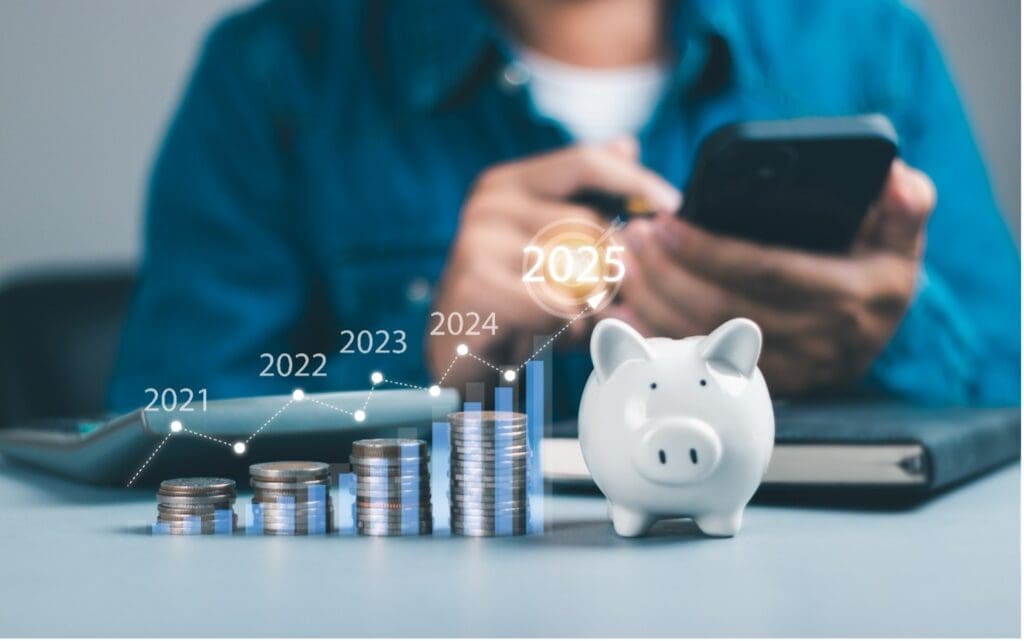There are many different investment accounts you can use to maximise your wealth for the future. Among the most common investment vehicles investors choose in the UK today is personal pensions.
These accounts provide a flexible and tax-efficient way to save for retirement and work towards your future goals carefully and strategically. With so many personal pension options available today, we thought it would be beneficial to break down some of the key rules and processes involved. Read on to find out more.
What is a personal pension?
A personal pension is a specific type of investment account designed for you to grow your savings towards retirement. Unlike state pensions, a personal pension means you are in control of managing the account, and the amount you receive at retirement depends on how much you contribute and how your investments perform over time.
Eligibility and contributions
To open a personal pension, you must be a UK resident older than 18. Different providers can have their own set of specific rules, but they often allow you, your employer, or a third party (like a parent or spouse) to make contributions.
There’s no limit on contributions, but if your total contributions exceed the annual allowance, you may face income tax charges. For the 2025/26 tax year, the annual allowance is £60,000.
Tax relief and investment growth
A key benefit of personal pensions is that contributions are eligible for tax relief. Providers, like Netwealth, for example, can claim basic rate tax relief (20%) on your behalf, which is added to your account. Also, if you’re a higher or additional rate taxpayer, you can claim additional relief through your self-assessment tax return.
Investments within your pension also grow free from income tax and capital gains tax (CGT), which makes them a beneficial component in reaching your future retirement goals.
Accessing your pension
When you choose to retire, there are different ways you can access your retirement savings. You can start accessing your pension from the age of 55. Options include:
- Flexi-access drawdown: This is where you can withdraw up to 25% of your pension pot tax-free, with the remainder left invested to provide a taxable income.
- Uncrystallised Funds Pension Lump Sum (UFPLS): Take lump sums as needed. 25% is tax-free, and the rest is taxed at your marginal rate.
- Annuity: You can also use your pension pot to purchase an annuity, providing a guaranteed income for life, with charges applied depending on the provider.
Transferring and consolidating pensions
Another thing you can do with many providers is consolidate any existing pensions into one account. This means taking your multiple pensions, such as SIPPs or stakeholder pensions, and transferring them into one personal pension account.
This process is often straightforward and typically takes 2–6 weeks. Some providers won’t charge for transfers, but it’s advisable to check with your current provider for any exit fees.
—
Now that you have a clear idea of how personal pensions work, you can begin looking for an expert provider to start building your wealth for retirement. Speak to a modern wealth management firm to learn more about how a personal pension can benefit your financial situation.
—
Please note, the value of your investments can go down as well as up.

